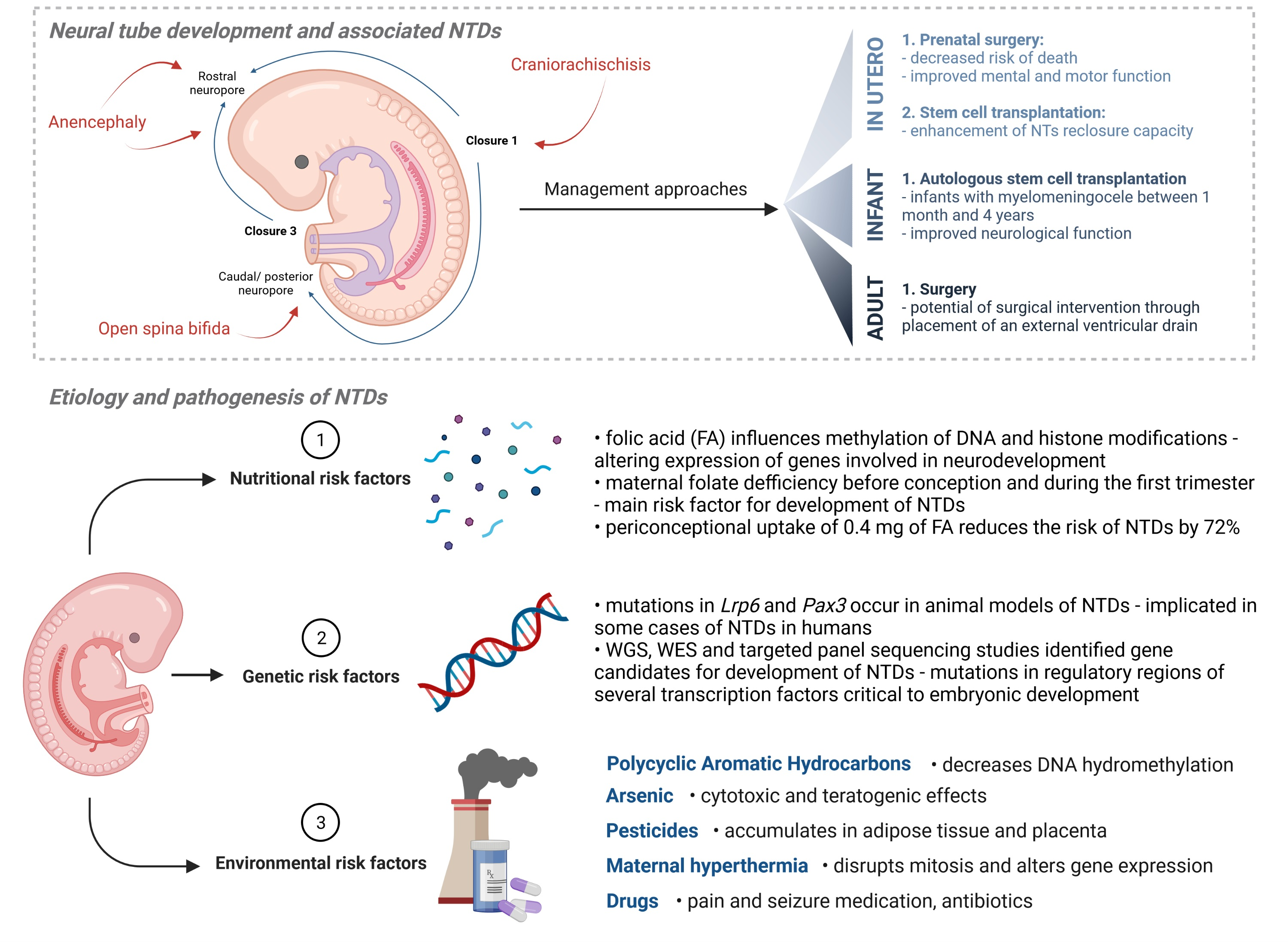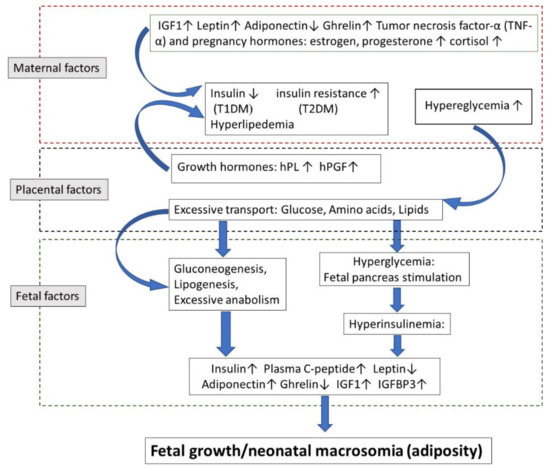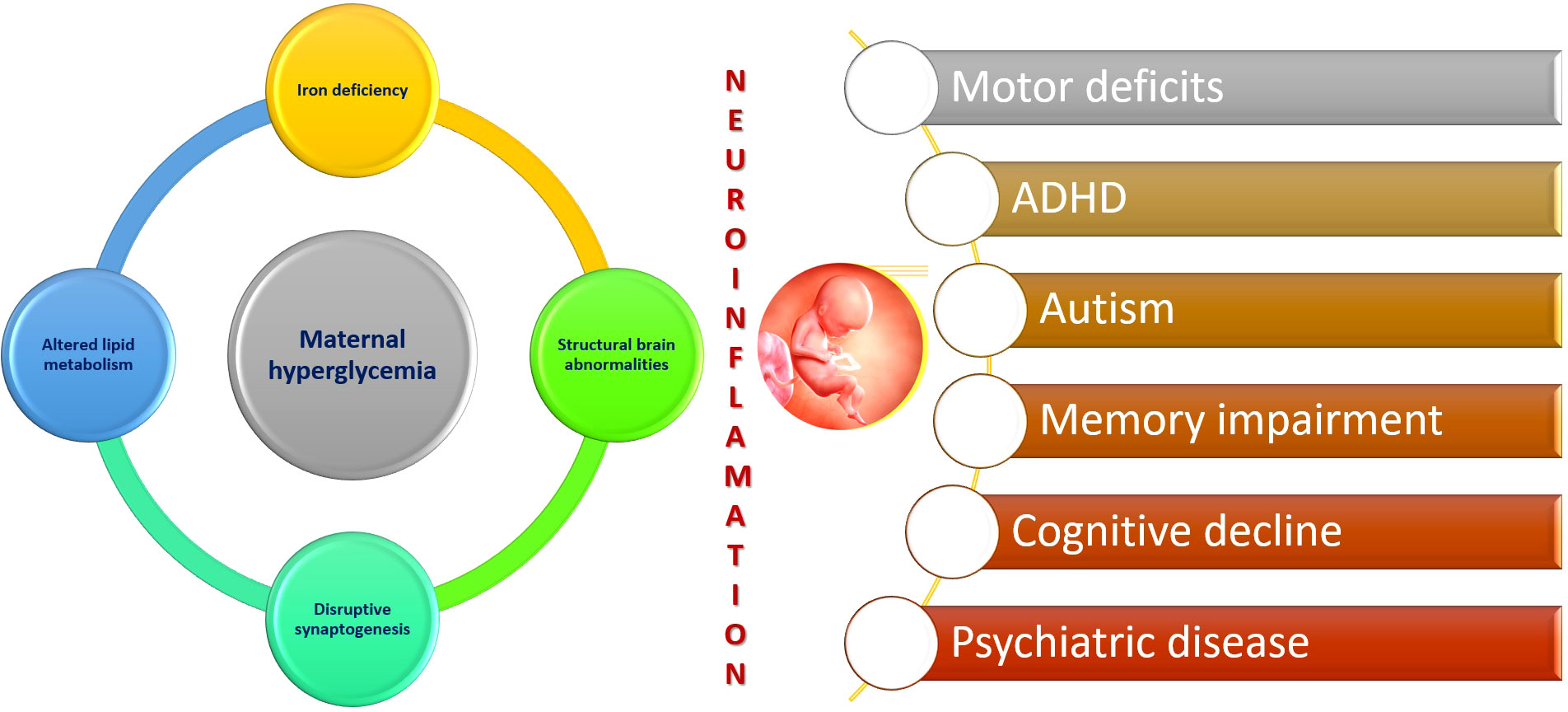Diabetic medications and major congenital malformations

ABSTRACT The global prevalence of type 2 diabetes mellitus (T2DM) is increasing. T2DM is more common in patients with psychiatric disorders and those who take certain psychotropic drugs. T2DM occurs in 2%–7% of women of reproductive age. The prevalence of pregestational diabetes is 0.5%–2.4%, and that of gestational diabetes is 7%–28%, depending on geographical region. About 20%–50% of pregnancies, across the world, are unplanned; this figure is higher, at about 65%, in women with psychiatric disorders. As a result, many women of reproductive age who have diabetes, including women who do not know that they have diabetes, may unintentionally become pregnant, thus unknowingly exposing their pregnancy to diabetes and its treatment. Exposure of pregnancy to pregestational and gestational diabetes is associated with risks to the mother as well as risks to the child. Risks to the mother include obesity, hypertension, and preeclampsia. Risks to the child include spontaneous abortion, fetal death, macrosomia, major congenital malformations (MCMs), preterm delivery, neonatal hypoglycemia, neonatal hyperbilirubinemia, and neonatal respiratory distress syndrome. A recent large retrospective cohort study with data from 6 countries in Europe, Asia, and North America found that, in about 51,000 women with pregestational T2DM, neither MCMs nor cardiac malformations were more prevalent in offspring of children periconceptionally exposed to second-line antidiabetic treatments relative to exposure to insulin. These findings are reassuring but have limitations that are discussed. A reasonable conclusion from a reading of the reviewed literature is that pregestational and gestational diabetes are best treated during pregnancy, that insulin is a first-line treatment, that metformin is an increasingly accepted alternative, and that safety data on second-line antidiabetic treatments are, so far, reassuring. J Clin Psychiatry 2024;85(1):24f15318 Author affiliations appear at the end of this article

Gestational diabetes - Wikipedia

ARVCF Genetic Influences on Neurocognitive and Neuroanatomical Intermediate Phenotypes in Chinese Patients With Schizophrenia

Major Congenital Malformations Among The Newborns in BSMMU Hospital

Biomedicines, Free Full-Text

PPT - CONGENITAL ANOMALIES (Birth defects) PowerPoint Presentation

Polymorphisms and Haplotypes in the YWHAE Gene Increase Susceptibility to Bipolar Disorder in Chinese Han Population

IJMS, Free Full-Text

Noninsulin Diabetes Drugs and Congenital Malformations

Preventing Functional Deterioration in Patients With Bipolar Disorder
Clinical and Practical Psychopharmacology

Frontiers The impact of maternal diabetes on the future health and neurodevelopment of the offspring: a review of the evidence

Birth defects: Types, causes, and prevention







